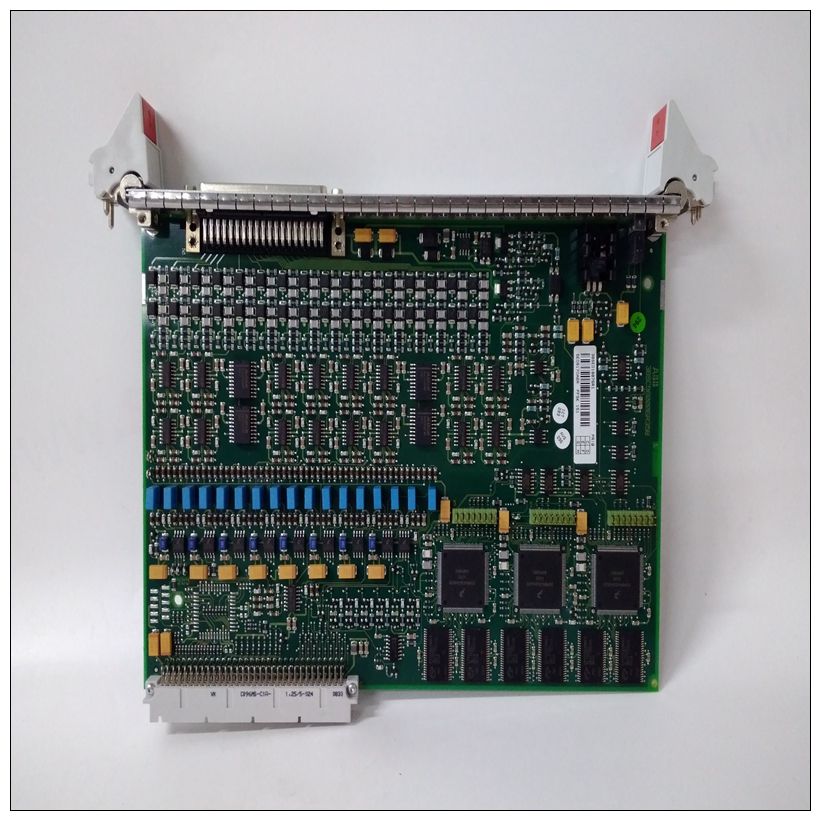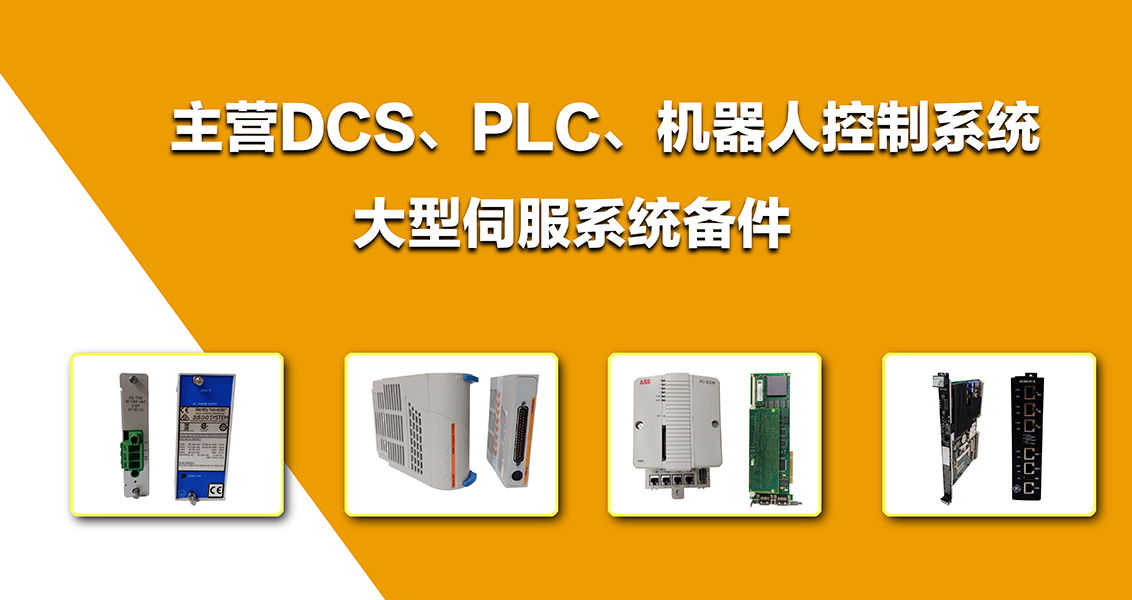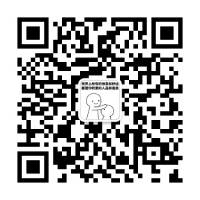3BSC980006R358控制卡件,ABB使用配置教程
標(biāo)準(zhǔn)是最常見的終端/計(jì)算機(jī)和終端/調(diào)制解調(diào)器接口,但尚未完全理解。這可能是因?yàn)椴⒉皇撬械木€都被清楚地定義,而且許多用戶認(rèn)為沒有必要在他們的應(yīng)用。設(shè)計(jì)師通常只考慮自己的設(shè)備,但最先進(jìn)的技術(shù)是計(jì)算機(jī)對(duì)計(jì)算機(jī)或計(jì)算機(jī)對(duì)模型操作。系統(tǒng)應(yīng)易于連接到任何其他系統(tǒng)EIA-232-D標(biāo)準(zhǔn)最初由貝爾公司開發(fā)通過調(diào)制解調(diào)器連接終端的系統(tǒng)。


3BSC980006R358控制卡件多次握手為此目的包括了線路。雖然握手是在許多應(yīng)用中沒有必要,線路本身仍然是一部分因?yàn)樗鼈儽阌诠收吓懦1鞟-1列出了標(biāo)準(zhǔn)EIA-232-D互連。到正確解釋這些信息,記住EIA-232-D是用于將終端連接到調(diào)制解調(diào)器。當(dāng)計(jì)算機(jī)在沒有調(diào)制解調(diào)器的情況下相互連接,其中一個(gè)必須配置為終端(數(shù)據(jù)終端設(shè)備:DTE)和其他作為調(diào)制解調(diào)器(數(shù)據(jù)電路終端設(shè)備:DCE)。自從計(jì)算機(jī)通常配置為與終端一起工作在大多數(shù)情況下被配置為調(diào)制解調(diào)器。對(duì)于高電平,信號(hào)電平必須介于+3和+15伏之間,并且低電平在-3到-15伏之間。并聯(lián)連接裝置可能產(chǎn)生超出范圍的電壓,與EIA-232-D相反規(guī)范實(shí)施水平有幾個(gè)級(jí)別的一致性可能適用于典型EIA-232-D互連。最低限度要求是兩條數(shù)據(jù)線和一個(gè)接地。完整的EIA-232-D的實(shí)施需要12條線路;它可容納:
? 自動(dòng)撥號(hào)? 自動(dòng)應(yīng)答? 同步傳輸?shù)缆分虚g引道如圖A-1所示。信號(hào)自適應(yīng)經(jīng)常實(shí)現(xiàn)的一組握手信號(hào)是RTS和CT。在許多系統(tǒng)中使用電流互感器來抑制傳輸,直到信號(hào)高。在調(diào)制解調(diào)器應(yīng)用程序中,RTS被逆轉(zhuǎn)150微秒后返回為CT。RTS可編程在某些系統(tǒng)中,使用較舊的202型調(diào)制解調(diào)器(一半雙面打印)。在某些系統(tǒng)中,電流互感器用于為以下各項(xiàng)提供流量控制:
避免緩沖區(qū)溢出。如果使用調(diào)制解調(diào)器,這是不可能的
The EIA-232-D standard is the most common terminal/computer
and terminal/modem interface, and yet it is not fully understood.
This may be because not all the lines are clearly defined, and many
users do not see the need to follow the standard in their
applications. Often designers think only of their own equipment,
but the state of the art is computer-to-computer or computer-tomodem operation. A system should easily connect to any other
system.
The EIA-232-D standard was originally developed by the Bell
System to connect terminals via modems. Several handshaking
lines were included for that purpose. Although handshaking is
unnecessary in many applications, the lines themselves remain part
of many designs because they facilitate troubleshooting.
Table A-1 lists the standard EIA-232-D interconnections. To
interpret this information correctly, remember that EIA-232-D was
intended to connect a terminal to a modem. When computers are
connected to each other without modems, one of them must be
configured as a terminal (data terminal equipment: DTE) and the
other as a modem (data circuit-terminating equipment: DCE). Since
computers are normally configured to work with terminals, they
are said to be configured as a modem in most cases.
Signal levels must lie between +3 and +15 volts for a high level, and
between -3 and -15 volts for a low level. Connecting units in parallel
may produce out-of-range voltages and is contrary to EIA-232-D
specificationsLevels of Implementation
There are several levels of conformance that may be appropriate for
typical EIA-232-D interconnections. The bare minimum
requirement is the two data lines and a ground. The full
implementation of EIA-232-D requires 12 lines; it accommodates:
? Automatic dialing
? Automatic answering
? Synchronous transmission
A middle-of-the-road approach is illustrated in Figure A-1.
Signal Adaptations
One set of handshaking signals frequently implemented are RTS
and CTS. CTS is used in many systems to inhibit transmission until
the signal is high. In the modem application, RTS is turned around
and returned as CTS after 150 microseconds. RTS is programmable
in some systems to work with the older type 202 modem (half
duplex). CTS is used in some systems to provide flow control to
avoid buffer overflow. This is not possible if modems are used.







